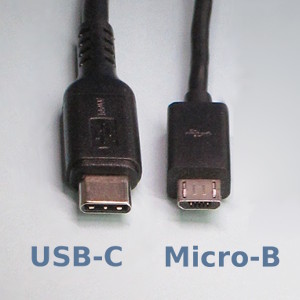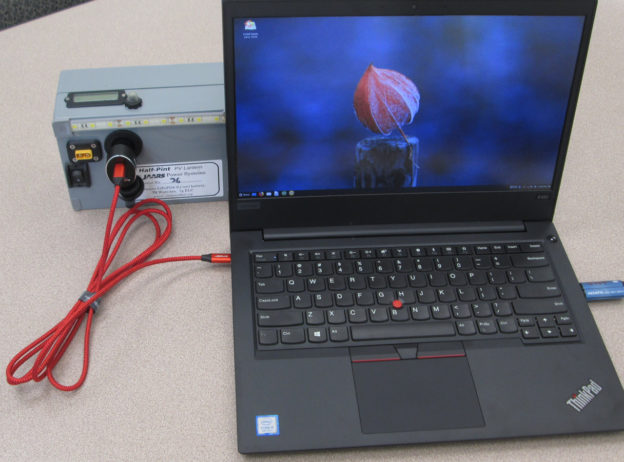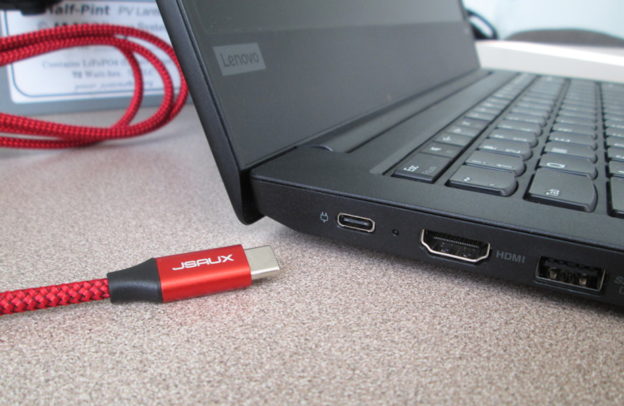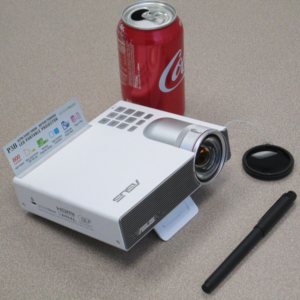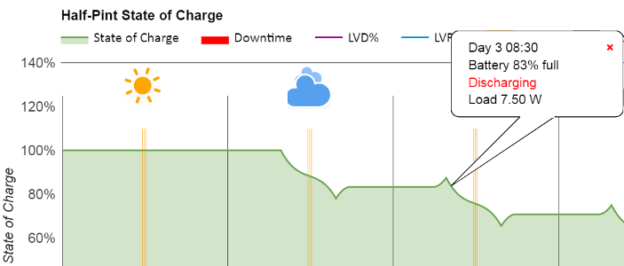With the advent of extremely bright white LEDs as a light source, it became practical to make small projectors efficient enough to run on battery power. Selecting a projector is like selecting a laptop computer in that the available models are constantly changing and “improving.” This article highlights what to look for and what to watch out for when shopping for a portable projection system.
Continue reading

 GTIS Power and Communications Systems
GTIS Power and Communications Systems
